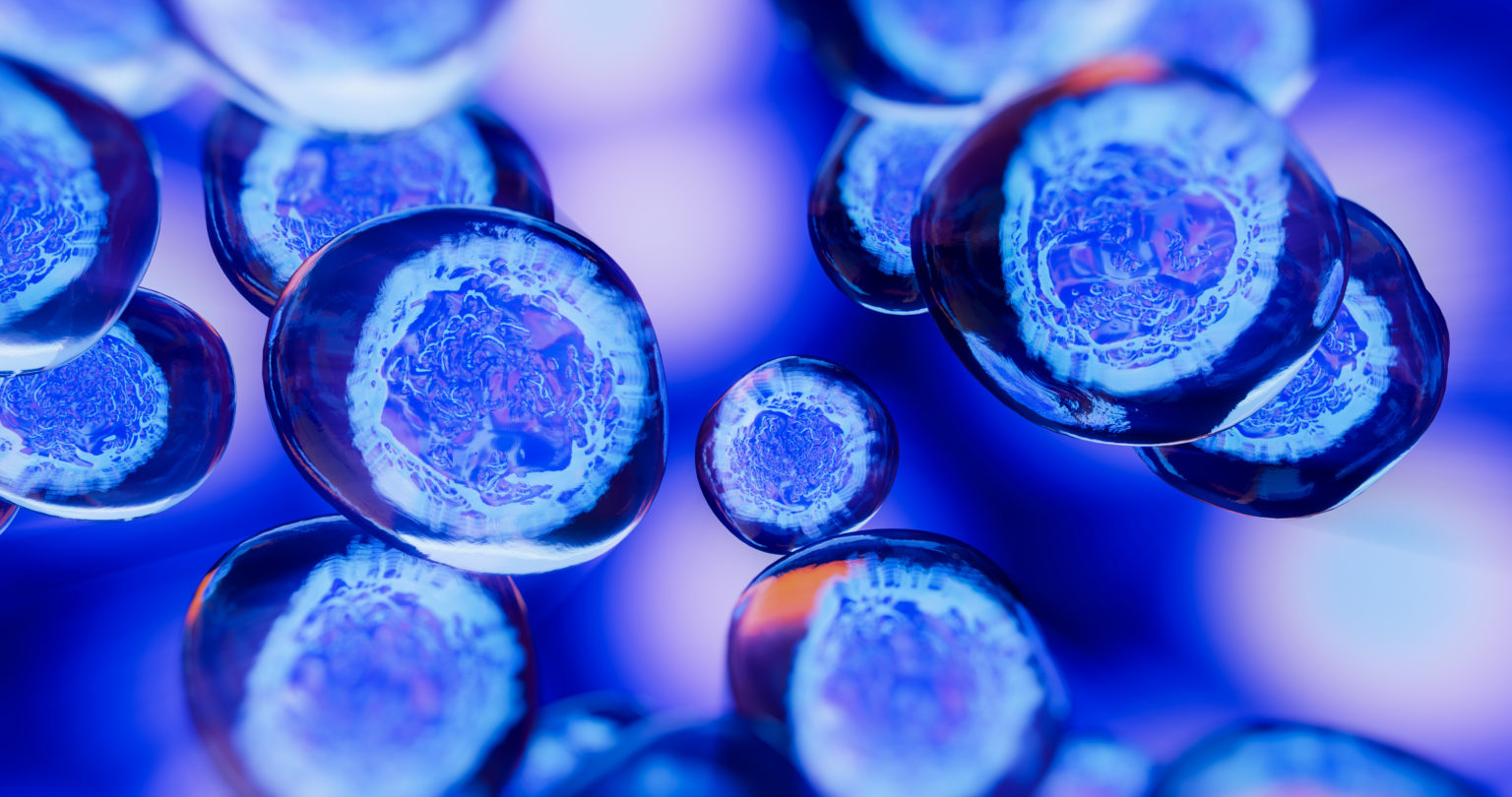MFCs and the Future of Wastewater Treatment Technology
Emerging technologies that enhance the sustainability or cost-effectiveness of current wastewater treatment technologies often grab their fair share of headlines—and for good reason. For those of us concerned with wastewater treatment, the need to make more efficient use of water and energy resources is quickly becoming a top priority.
One of such promising innovations is the use of microbial fuel cells (MFCs) for wastewater treatment applications. Here, we’ll explore how MFCs work, and take a look at how and why MFCs might be used in wastewater treatment.

What are MFCs and how do they work?
Simply put, microbial fuel cells (MFCs) are devices that harness electricity from the breakdown of organic compounds by microorganisms. Structurally, an MFC is divided into two half-cells, with one housing an anode and another housing a cathode. The anode side contains a biomass of microorganisms that degrade organic material. As they do so, the microorganisms trigger the release of electrons from molecules contained in the organic material. The free electrons then attach to the anode and are directed along a conductive wire to the cathode, where they bind with chemical species in a process known as reduction. The movement of electrons from anode to cathode results in an electrical current that can be used as a power source.
These complementary oxidation-reduction processes are collectively known as a redox reaction. If this sounds familiar, it’s because redox reactions form the basis of other types of electrochemical cells, like galvanic cells found in batteries. However, where many electrochemical cells rely on spontaneous chemical reactions between inorganic species like zinc and copper, MFCs instead rely on microorganisms to oxidize organic material.
How are MFCs used in wastewater treatment?
The key process in an MFC—the breakdown of organic material—is functionally the same as what happens in a typical biological wastewater treatment system. Both technologies deploy colonies of microorganisms known as biomass or biofilm to degrade organic compounds. For this reason, MFCs essentially serve to augment existing biological wastewater treatment technologies, though MFCs bring with them certain design constraints that wouldn’t apply to normal biological treatment processes. For one, MFCs must use electrogenic bacteria, which are a specific type of bacteria that release electrons as they digest organic material. Additionally, while biological wastewater treatment systems can take many forms, ranging from large fixed lagoons to bioreactor tanks with moving parts, MFCs must incorporate separate anode and cathode chambers to support its function as an electrical cell.
Lastly, while both aerobic and anaerobic types of biological treatment are in wide use at today’s wastewater treatment facilities, only anaerobic treatment is compatible with MFC technology. This is because the anode chamber in an MFC must be operated anaerobically, that is, in the absence of oxygen. Otherwise, electrons released by the bacteria would simply bind to oxygen. In the absence of oxygen, however, free electrons are instead released to the anode, allowing them to be used for generation of an electrical current. As such, MFCs carry with them many of the same attributes as anaerobic treatment, including suitability for treatment of streams with high concentrations of organics, possible odor control issues, and risks of system upset.
Outlook for MFC technology
MFC technology has been around since the early 20th century, but its application to wastewater treatment is fairly recent. Over the past decade, though, researchers have made significant strides in leveraging MFC technology to generate electricity from wastewater. MFC systems have just begun to make the leap from labs and small-scale pilot settings to active, full-scale installations at industrial wastewater treatment plants and sewage treatment facilities. While adoption is still somewhat limited at this time, MFCs show promise for improving sustainability in wastewater treatment.
While new, MFC technology carries lots of potential, both for offsetting environmental impacts and for generating revenue. While more research and development is needed, MFC-equipped biological wastewater treatment systems could soon produce far more electricity than they consume, allowing facilities to sell the energy they produce. MFC technology hasn’t evolved to this point quite yet, but the potential for it to turn wastewater into a viable source of energy is driving investment in MFC tech and significant growth projections in coming years. As a result, we can likely expect to see growing adoption of MFCs for use in wastewater treatment as they become more viable at a commercial scale.
Can SAMCO help?
SAMCO has over 40 years’ experience custom-designing and manufacturing water treatment systems designed to conserve water and energy resources, so please feel free to reach out to us with your questions.
For more information or to get in touch, contact us here to set up a consultation with an engineer or request a quote. We can walk you through the steps for developing the proper solution and realistic cost for optimizing water use at your electrical generation facility.
Head on over to our blog to learn more about industrial filtration and process separation technology. Some articles that might be of specific interest to you include:
- https://www.samcotech.com/what-is-an-industrial-water-treatment-system-process/
- https://www.samcotech.com/what-is-zero-liquid-discharge-and-how-does-it-work/
